VICTORIA – The third round of Forest Practices Board compliance audits on Nisga’a lands found forest planning and practices complied in all significant respects with the Forest Practices Code and the Nisga’a Final Agreement. The Nisga’a lands are in and around the Nass Valley, about 100 kilometres northwest of Terrace, and cover about 2,000 square kilometres.
A separate enforcement audit found that the Ministry of Forests (MOF) is appropriately enforcing the code and agreement on Nisga’a lands, while the Ministry of Water, Land and Air Protection (MWLAP) is not appropriately enforcing the code in this region. Since the audit was completed, MWLAP and MOF have agreed that MOF will take the lead on all enforcement activities. MOF will notify MWLAP of any concerns that relate to its mandate and MWLAP will have the option to take the lead on those issues.
The compliance audit examined the activities and obligations of five auditees: New Skeena Forest Products Inc., formerly known as Skeena Cellulose Inc.; Sim Gan Forest Corporation; West Fraser Mills Ltd.; BC Timber Sales, Skeena Business Area; and the Kalum Forest District Manager, for the period of August 17, 2002, to July 18, 2003. The audit found that auditees complied in all significant aspects with the code and agreement requirements for this period.
“While there was a low level of forestry activity during the audit period, we congratulate the auditees for maintaining a high level of compliance,” said board chair Bruce Fraser. “The board encourages all auditees to continue their efforts towards achieving sound forest management on Nisga’a lands.”
The board also audited the appropriateness of government’s enforcement of forest practices legislation on Nisga’a lands for the period of July 17, 2001, to July 18, 2003. The audit found that the Ministry of Forests continued to make improvements to its enforcement during the audit period and is appropriately enforcing forest practices legislation on Nisga’a lands.
The audit found that MWLAP had not assessed risk associated with forestry activities on Nisga’a lands and had not conducted any inspections in this area. The audit concluded that the ministry was not appropriately enforcing the Code on Nisga’a lands during the audit period; the same problem was identified in the 2001 Nisga’a lands enforcement audit. There is no evidence of environmental harm resulting from lack of enforcement for the period under review.
“With some minor exceptions, the Ministry of Forests is doing a good job in enforcing forestry legislation on the Nisga’a lands,” said Fraser. “We are pleased that the Ministry of Forests and MWLAP have reached an agreement on enforcement obligations and we will be monitoring the effectiveness of this arrangement in future audits.”
The audit also found that the government has not yet met its obligation under the Agreement to provide a summary of compliance and enforcement activities on Nisga’a lands to the Nisga’a Lisims government. The board recommends that the ministries of Forests and Water, Land and Air Protection provide the summary by July 30, 2004.
This was the third of five annual audits under Chapter 5, Section 55 of the Nisga’a Final Agreement, which requires the board to perform annual audits of forest agreements and licences for compliance with the Forest Practices Code and the Nisga’a Agreement, during a five-year transition period ending May 10, 2005.
The Forest Practices Board is an independent public watchdog that reports to the public about compliance with the Forest Practices Code and the achievement of its intent. The board’s mandate has been retained under the new Forest and Range Practices Act (FRPA). The board’s main roles under FRPA are:
-30-
Erik Kaye
Communications
Forest Practices Board
Phone: 250 356-1586 / 1 800 994-5899
